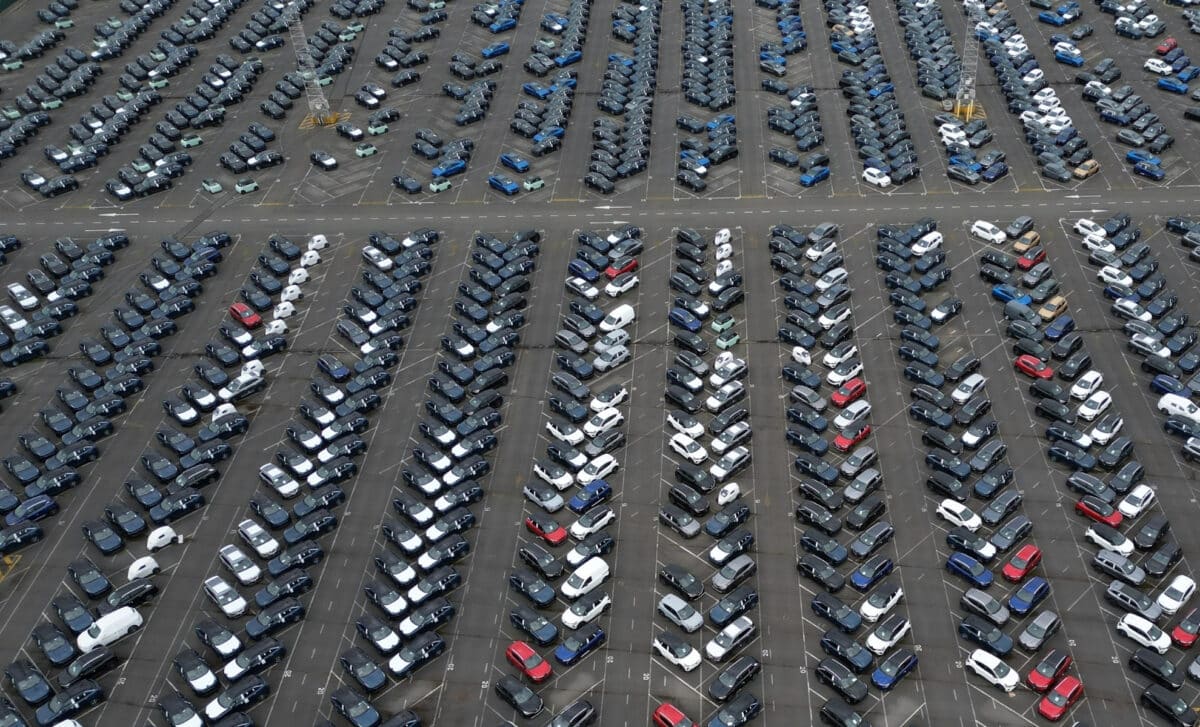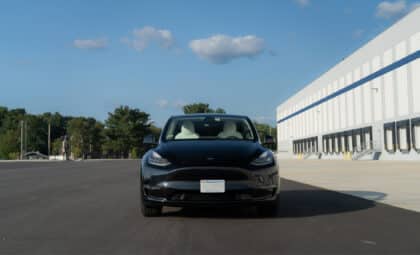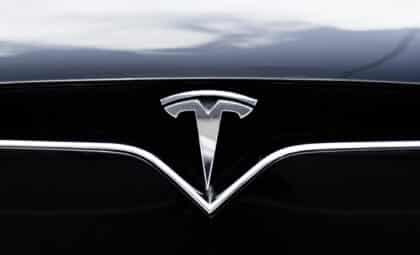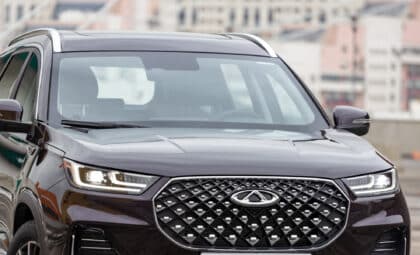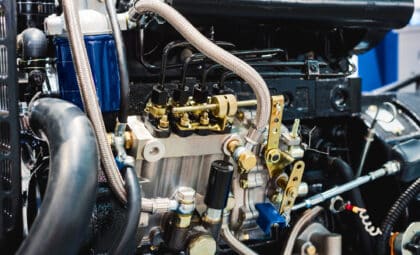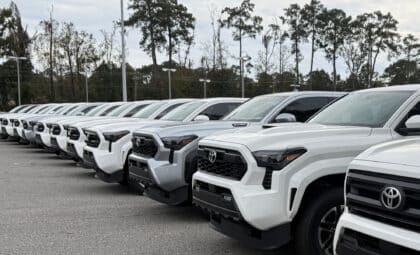While Western headlines focus on China’s ambitions in Europe and the US, the real shake-up is happening in emerging markets. In these regions, price-sensitive consumers are turning away from Japanese, Korean, and even American brands, giving Chinese manufacturers a growing slice of the automotive pie.
This trend marks a significant shift in global car sales. Traditional powerhouses like Toyota, Ford, Hyundai, and Volkswagen are seeing their positions challenged—not in their home markets, but abroad, where Chinese cars are not just cheaper, but increasingly available. For many local buyers, the combination of affordability and rising quality is proving too compelling to ignore.
Chinese Brands Surge in Emerging Economies
Chinese automakers have quietly gained a strong foothold in markets across Southeast Asia, the Middle East, and Latin America, according to Motor1. In Thailand, Chinese cars now command 32.4% of the market. In Israel, that number is close behind at 32.0%. These are not isolated cases. Chile (30.9%), Ecuador (29.9%), and Uruguay (26.4%) also show significant penetration.
These numbers reflect more than temporary spikes. In Uruguay alone, Chinese brands increased their market share by 12.6% in just one year. Israel followed closely with an 11.5% jump. BYD, one of the key players in this shift, more than doubled its share in Ukraine from 3% to 7.7% between 2024 and 2025. The momentum is widespread and consistent.
Part of the appeal lies in the breadth of offerings. While competitors remain focused on traditional powertrains or expensive EVs, Chinese brands are flooding markets with lower-cost alternatives. In regions where cost is a major purchase driver, this strategy is reshaping what car ownership looks like.
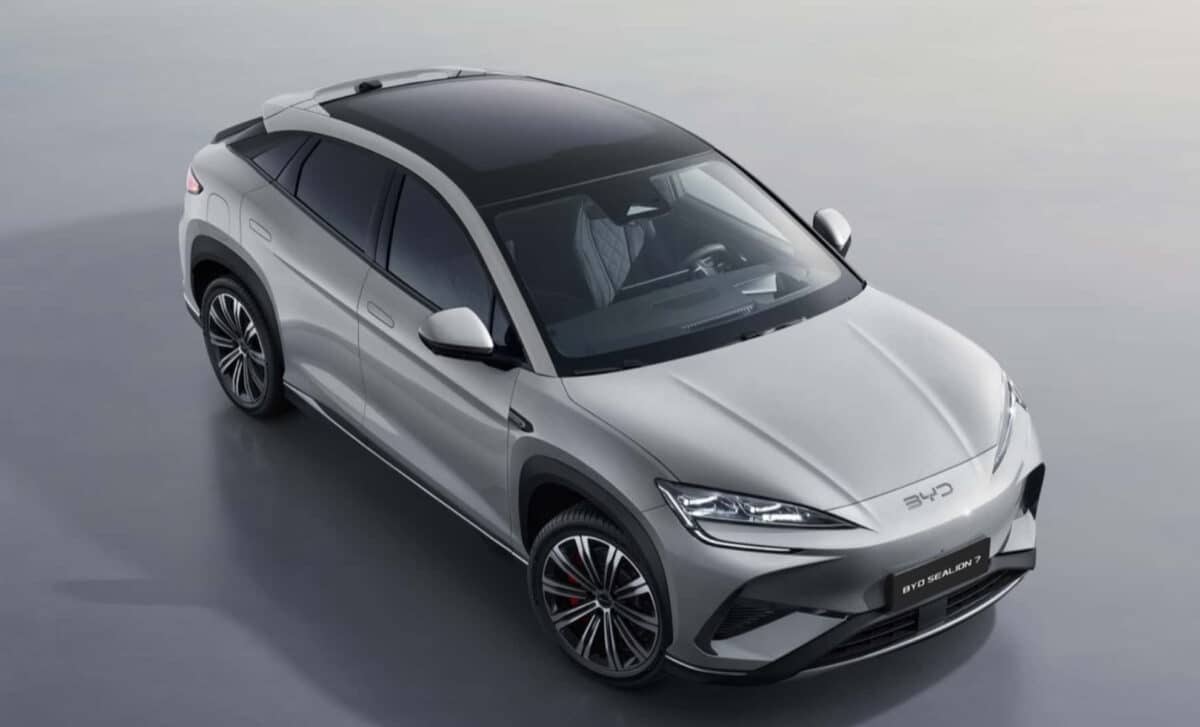
Japanese and Western Brands Lose Ground
The rise of Chinese manufacturers is coming at a real cost for traditional automakers. Toyota, Nissan, Honda, and Mitsubishi are all seeing declines in key regions. Korean brands Hyundai and Kia are also feeling the squeeze. Even European stalwarts like Renault, Fiat, and Volkswagen are now on the defensive. Chinese brands have effectively pushed American giants like Ford and Chevrolet out of the top 10 in some countries.
The trend is particularly evident in Brazil, Latin America’s largest car market. Chinese brands moved from a 6.8% share in early 2024 to 9.1% in 2025. Combined, their sales now place them fourth overall in the country—just behind Fiat, Volkswagen, and Chevrolet.
Elsewhere in Latin America, the changes are just as striking. In Colombia, BYD has entered the top 10, edging out Ford. In Chile, Chinese manufacturers like GWM and Changan are rapidly eating into Chevrolet’s lead. Each of these shifts underlines a broader transformation in consumer loyalty.
Australia and Middle East Also in Transition
Beyond Latin America and Asia, Australia and the Middle East are also seeing a rapid reordering of their car markets. In Australia, Chinese cars now represent 16.7% of total sales—a rise of 5.3 points from 2024. The United Arab Emirates and Saudi Arabia are also on this trajectory, with Chinese brands holding 16.0% and 11.8% market share respectively.
The appeal appears to cut across regional preferences. In countries as varied as South Africa (15.0%) and New Zealand (12.1%), Chinese manufacturers are becoming a viable mainstream option. In Indonesia, where local buyers once gravitated toward Japanese nameplates, Chinese brands have climbed to sixth place, with 12.2% of the market.
These gains aren’t speculative. They are happening right now, across a wide range of income levels, driving conditions, and consumer habits. As noted by Motor1, the shift is less about brand loyalty and more about meeting a very specific need: access to affordable, increasingly reliable transport.

